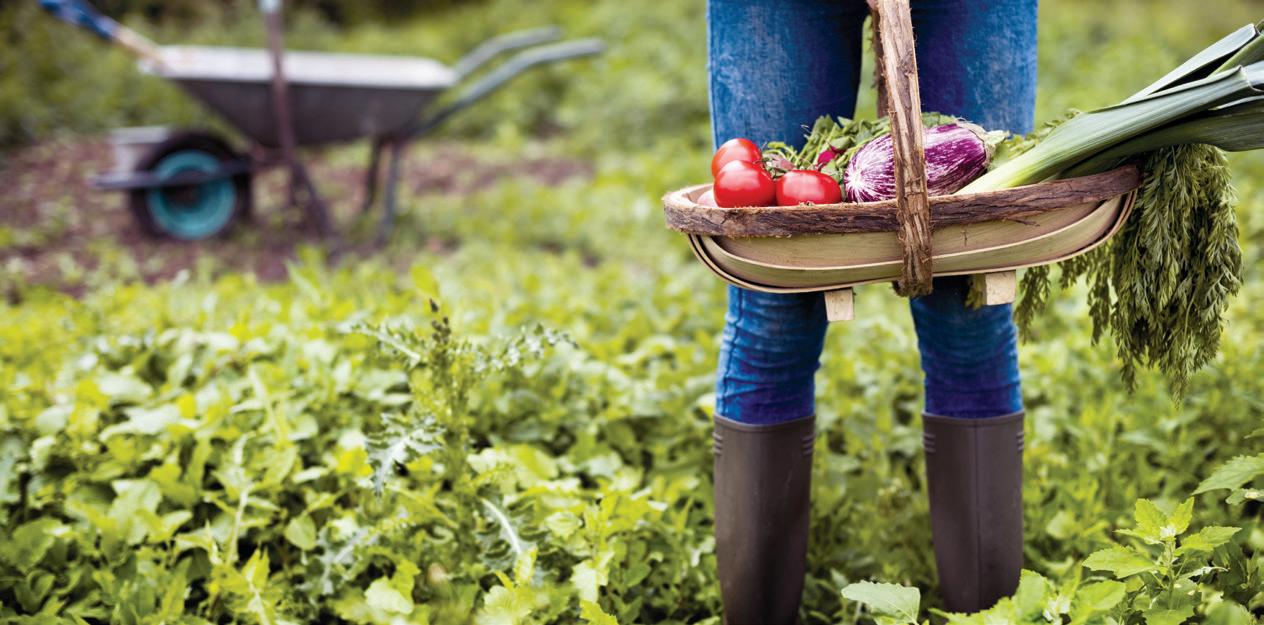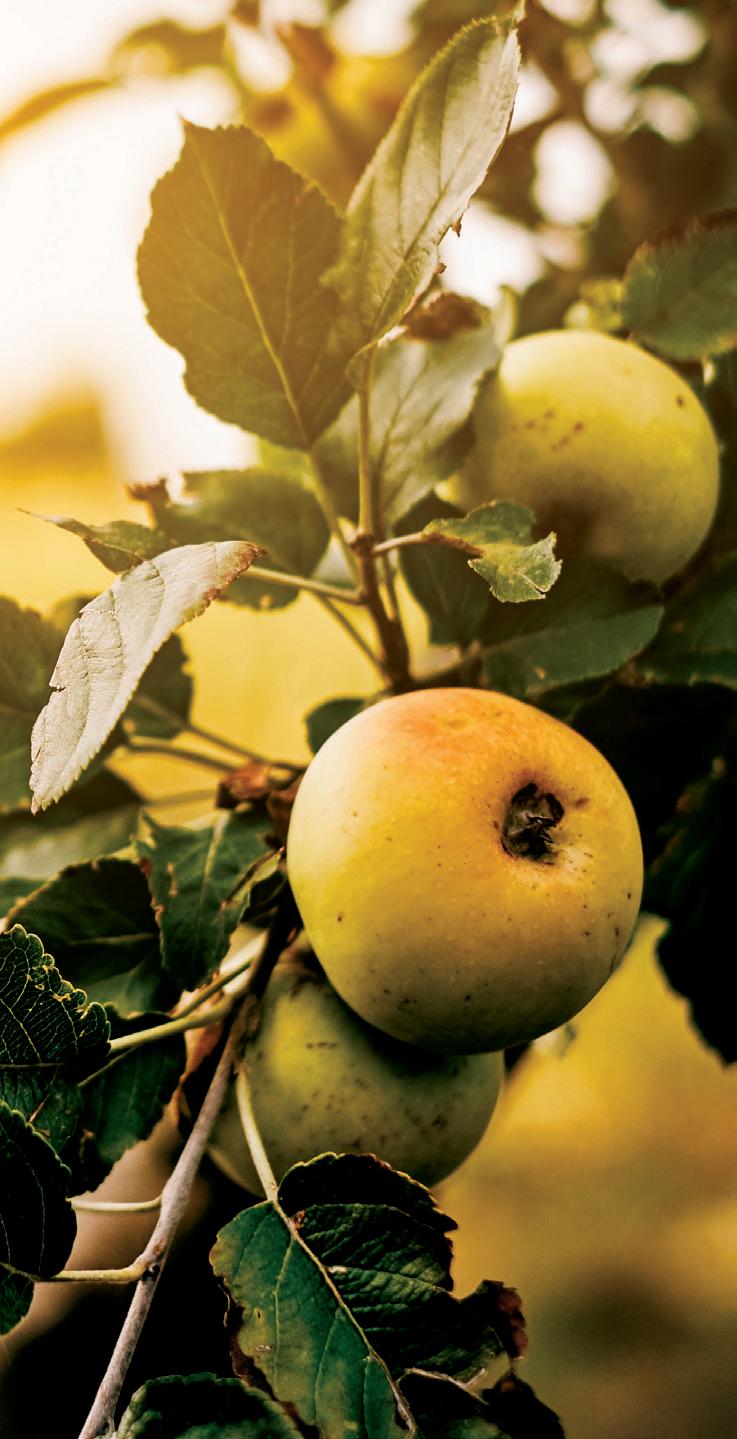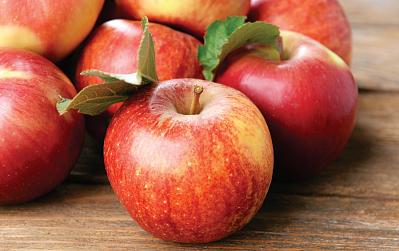
3 minute read
Preparing Your Yard For Winter
Preparing Your
By Jan Cashman
VEGETABLE GARDENS • Wait to cut back asparagus till spring because the old stalks left standing can catch the snow providing winter protection. • Pull up and compost or dispose of all old vegetable foliage. Debris can harbor insects and diseases which could affect next year’s crops. • On some beautiful day this fall, get outside and protect your plants from winter’s hazards; your plants will thank you for it.

Yard For Winter


PERENNIAL FLOWERS Cut most perennials down after they die back in the fall. Some perennials have evergreen foliage-Heucheras (coral bells), Bergenia, and Hellebores to name a few, and should not be cut back. Cut them back as needed in the spring when you see how much of their foliage has survived the winter. Leave the attractive foliage and flower heads of ornamental grasses and perennials such as sedum to enjoy all winter. Wait until spring to cut them back.
It’s Fall. Freezing weather is here. It’s time to “put the garden to bed” as winter approaches. Here’s what can we do this fall to make sure our plants come through the winter in the best shape possible.
TREES After mid-summer, cut back watering your trees to encourage them to go dormant. Then, around November 1, once their leaves have dropped but before the ground freezes, give all your trees a deep watering so they go into winter with moist roots. Wrap smooth-barked trees such as maples, mountain ash, and fruit trees up to the bottom branch to prevent sunscald (blistering of the bark). Use reusable plastic tree protectors or commercial tree wraps. You can even use cardboard wrapped around the trunks and held with duct tape. Prune maples and birch in the fall. They will “bleed” if pruned in the spring.
For all Your Fall G a r d e n i n G needs.
BulBs - Perennials - Winter Protection!



North 19th at Springhill Road MON-SAT 8:30AM - 5:30pM SUN 10AM - 4pM CashmanNursery.com 406-587-3406
LAWNS Continue to water as long as you want your lawn to stay green. When you quit watering in the fall, the grass will begin to go dormant and fade in color. Fertilize with a high phosphorous fertilizer. The last mowing, mow your grass fairly short to discourage voles and snow mold.
ROSES Protect hybrid tea and other tender roses with mulch or ventilated rose cones. Hardy shrub roses should not need winter protection.
EVERGREENS Deep water your evergreens in late fall. Protect tender varieties such as dwarf Alberta spruce, yews, and arborvitae, from “winterburn” by erecting a sunscreen-- or spray on an antidesiccant such as Wiltpruf in late fall after the plant is fully dormant.
FRUITS Pick tree fruits when ripe (depending on whether they are an early or late ripening variety, apples can ripen anytime from late August to October). You can tell if your apples are ripe by tasting them or by the color of the seeds. If the seeds are dark brown, the apples are likely ripe. Apples will not be harmed if they are left on the tree during a light frost, but if the temperature is going to dip below 25 degrees, they should be picked; the fruit could freeze on the tree and ruin it. Protect from chewing voles, blistering sunscald, and deer rubbing with tree protectors placed on the trunk from ground level up to the bottom branch or higher. Fence new, small, and tender trees from deer. Cut back dead raspberry canes to the ground. They are done bearing and next year’s fruit will be borne on new canes. Rake debris and leaves from under trees to prevent diseases and insects from overwintering there.








